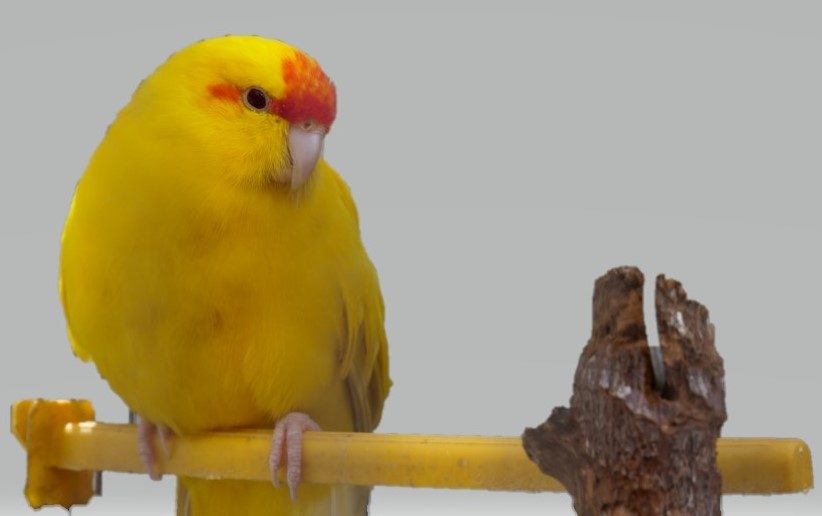JavaScript seems to be disabled in your browser. For the best experience on our site, be sure to turn on Javascript in your browser.
Kakariki Healthcare

Kakariki is a small green-colored slender bird with long tails. With five species of Kakariki recorded, but two became extinct by the mid 19th century, Kakarikis originate from several islands in the Pacific Ocean.
Even though Kakarikis are considered to be a very active species of birds, they are also very peaceful birds that can be kept together in the same breed. However, it is recommended that you pair a male and a female together because Kakarikis breed best when kept one pair per cage.
The first day you take your Kakariki home, it because your priority to ensure it is healthy and happy. We’ve put together some simple ways you could take care of your pet's health.
Your Kakariki's cage
A Kakariki cage requires a weekly clean. Use a safe bird disinfectant and ensure perches and ropes are cleaned twice a week.
Also, make sure food and water bowls are cleaned daily.
Your Kakarikis Bath
Bathing helps your Kakariki to helps maintain its coat. When giving it a water bath, be careful not to fill it up too high. The right amount is no more than halfway. We recommend the usage of the Avifood Anti-Plucking Bird Spray.
Avifood Anti-Plucking Bird Spray is a soothing spray with antipruritic and anti-inflammatory effects. It is designed to benefit feather pluckers, reduce itching, and can be easily applied to broad areas
It also performs the following functions:
- It soothes sensitive skin and promotes the healing of superficial lesions
- it provides comfort during molting and helps to reduce irritation which is often a factor in feather plucking birds
Your Kakarikis nails
Even though a perch performs the additional function of taking care of your pet's nails, once your Kakarikis nail is too long, a nail trimmer can also be used.
As important as tending your pet's nails is, you need to be careful when using nail trimmers. If you cut nails too low, you may cause injury resulting to nail bleeding.
Mating for Kakarikis
For choosing one of both sexes as a companion bird, there are both advantages and disadvantages.
Male Kakarikis can talk clearly and are probably more human-oriented than the female species, but they tend to bite harder. Females look cuter and can’t bite hard enough to hurt anyone. Females are also more playful and aerobatic owing to their lighter body weight. But they may become continuous egg-layers who don’t show much interest in other activities, once they become hormonal. They also need to chew a lot.
Feeding & Supplements For Your Kakariki
Feeding and Supplements For Your Kakariki
For your Kakariki meals, dry and sprouted seeds should form the basis of the diet. You could also feed it with treats like millet, fruits, sweetcorn, carrots & celery.
We would like to suggest the following:
This helps to fight hyperacidity and absorbs toxins. You can also use them in case your bird ingests something and you are worried about it. You use it by mixing it with birdseed daily or sprinkle on the cage for them to forage.
This a versatile nutritional supplement that Parakeet-type birds love eating. It gives them the required daily energy by providing vitamins and minerals
Please note that Kakarikis are messy eaters. If for example, you have birds in a cage; it is always smart to put its food bowls, near the floor and behind protection, otherwise, its dinner will be all over your floor.
We hope you found this insightful.










